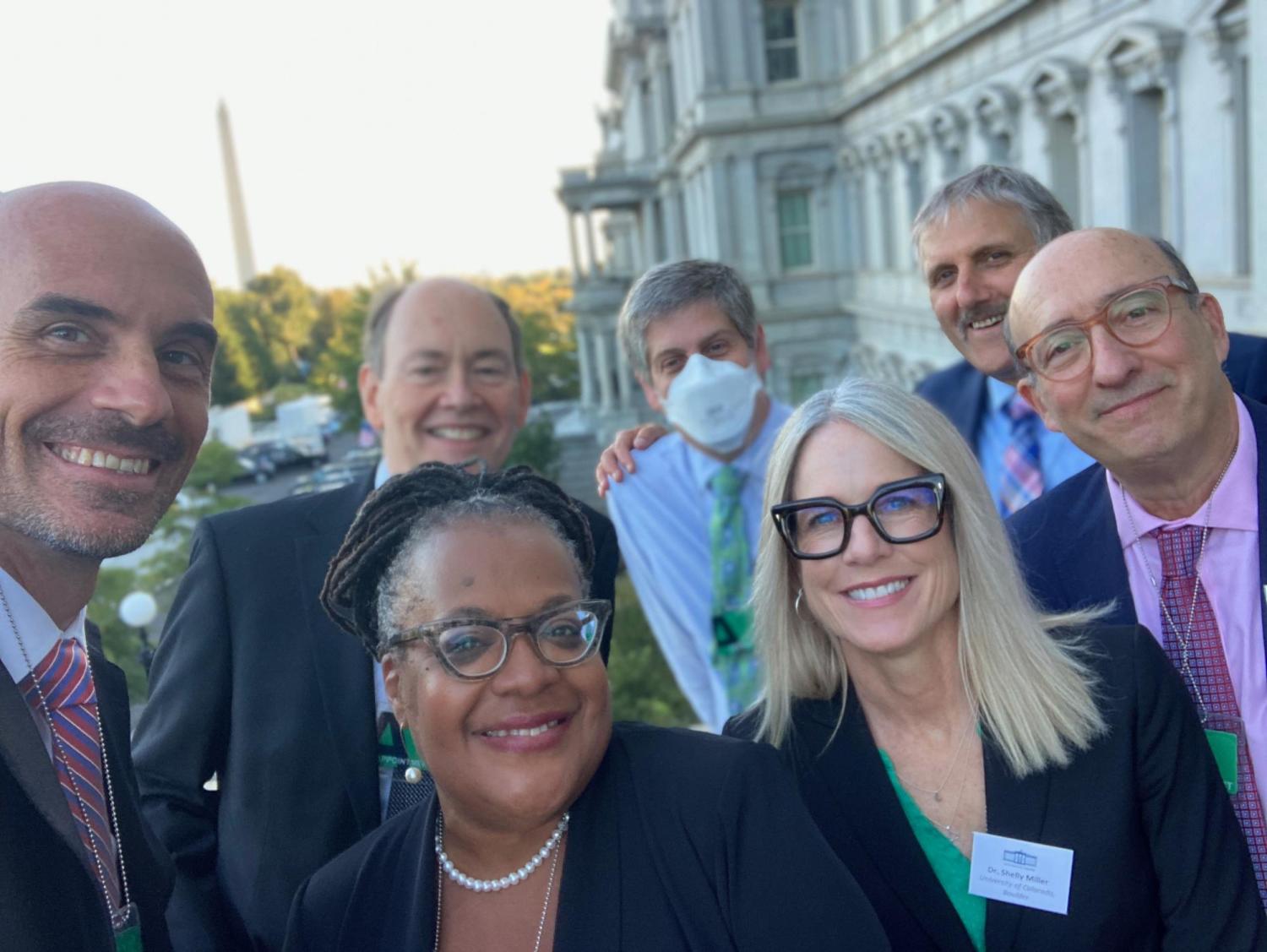Professor Shelly Miller joins White House summit on indoor air quality
The challenges of wildfires, industrial pollution and vehicle emissions have centered the issue of outdoor air quality in the public consciousness.
With the onset of the Covid-19 pandemic and the realization that the pathogen primarily transmits indoors, there has been growing awareness of the importance of indoor air quality, as well.
On Oct. 11, Professor Shelly Miller joined a White House Summit for Indoor Air Quality, sitting on a panel concerning technologies aimed at improving air quality, and advocated for the adoption of a technology underutilized in most buildings: germicidal UV light.
“We use germicidal UV to kill microorganisms. It damages their DNA and RNA, and they can no longer replicate and infect you. We do it in water all the time. But it’s also very, very effective for keeping the air clear of infectious agents,” she explained.
The technology already exists and would be relatively inexpensive to implement on a large scale. But Miller said standard practice treats infectious diseases with antibiotics and disregards other methods of prevention.
“If you get TB, you go to the doctor and they give you antibiotics, and you don't realize that you got TB by being exposed to somebody indoors,” said Miller. In other words, the installation of germicidal UV light in buildings could prevent people from becoming infected in the first place.
If we have the technology, why isn’t it utilized? Part of the problem is lack of public understanding and initiative surrounding the issue.
“There’s a handful of universities in the country that have a class on indoor air pollution, which is not that many,” said Miller, who teaches a class on the topic at CU Boulder.
Others on the panel agreed that the public should have more opportunities to know the indoor air quality of any given building that they might enter, be that a restaurant, apartment complex, or hotel. Miller advocated for the use of sensors that are connected to monitors that display air pollution levels, which could be readily available at every entrance to a building.
“You see the PM2.5, you see the VOCs, you see the CO2 levels, and then you think, okay, well, I'm a sensitive person to PM2.5 because I have asthma,” Miller explained. “And then you might make a different choice to eat in that restaurant.”
Ultimately, it’s a matter of changing public perception around the issue of indoor air quality and raising it to the level of seriousness that outdoor air quality receives.
“We need a paradigm shift for thinking about indoor quality,” said Miller. “When we started to regulate and protect the environment in the 70s, we focused on water quality and outdoor air quality because we saw those as public goods. But we never saw the indoor environment as a public good as well. We always see it as a private good.”
The return on investment for improving indoor air quality is well-founded. Panelists said improved indoor air quality would reduce the burden on health care, make workers more productive and reduce student absenteeism.
Miller hopes that the White House Summit on Indoor Air Quality marks the beginning of that paradigm shift and leads to serious investment in and attention to the issue of indoor air quality.


